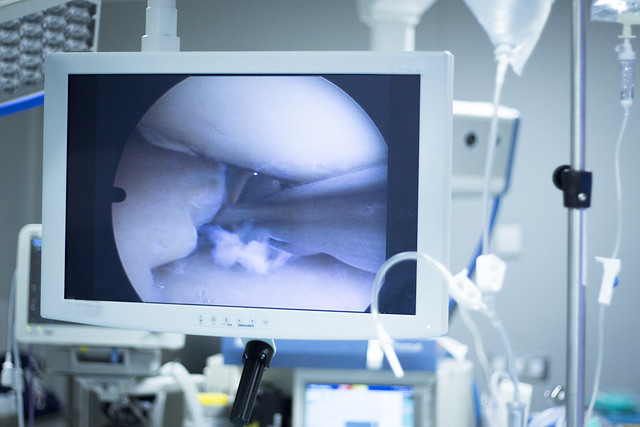Arthroscopy: A Comprehensive Guide
Arthroscopy is a minimally invasive surgical procedure that is commonly performed to diagnose and treat various joint conditions. It involves the use of an instrument called an arthroscope, along with other specialized t Arthroscope ools, to visualize and repair damaged tissues within a joint. This article will provide an in-depth look at arthroscopy, including its manufacturing process, characteristics, advantages, methods of use, tips for selecting the right product, and a conclusion.
Ma Arthroscope nufacturing Process:
Arthroscopes are typically manufactured using advanced materials such as medical-grade stainless steel or high-density plastics. The precise manufacturing process requires cutting- Proctoscope edge technology to ensure the highest level of accuracy during surgery. Each arthroscope undergoes meticulous quality control measures before being approved for medical use.
Characteristics:
An arthroscope consists of a long tube-like structure with a miniaturized camera attached at one end. This camera allows surgeons to view real-time images from inside the joint on a monitor screen. Additionally, there are channels integrated into the scope that enable the insertion of miniat Arthroscope ure surgical instruments for diagnostic procedures or even minor repairs when necessary.
Advantages:
The benefits of arthroscopy are numerous compared to traditional open surgery techniques. Firstly, because it is minimally invasive i Arthroscope n nature, patients experience less pain and scarring postoperatively. Moreover, recovery times tend to be shorter due to smaller incisions required during this procedure. In addition,
arthroscopy reduces intraoperative bleeding and lowers infection rates as well.
Methods of Use:
To perform an arthroscopic procedure effectively using an arthroscope requires proper positioning and Arthroscope technique by highly trained surgeons. After making small incisions near the affected joint area,
the surgeon inserts the scope while monitoring closely onscreen all internal structures needing attention.
Once identified accurately through visual inspection via
the live-camera feed provided by the scope,
treatments can then be carried out us Cystoscope ing modularly designed additional instruments through other channels within the arthroscope.
Selecting an Arthroscope:
When choosing an arthroscope, several factors should be considered. Firstly, it is essential to select a reputable manufacturer known for producing high-quality medical instrume Arthroscope nts. Additionally,
consideration must be given to the size and flexibility of the scope, as different joint areas may require varying dimensions or angles for optimal visualization and maneuverability. Lastly,
ensuring compatibility with existing surgical equipment in one’s healthcare facility is c

rucial.
In conclusion, arthroscopy utilizing an arthroscope has revolutionized orthopedic surgery by providing effective diagnosis and treatment options while minimizing invasiveness.
Its manufacturing process ensures precision and durability necessary for successful procedures.
The characteristics of an arthroscope make it indispensable in

visualizing joint conditions effectively.
Arthroscopy offers significant advantages over traditional surgery methods
in terms of reduced pain, shorter recovery times, less bleeding, and lower infection rates.
Choosing the right arthroscope based on considerations such as quality,
size, flexibility,
and compatibility contribute greatly to achieving successful outcomes in various joints affected by trauma or pathology. Embracing this remarkabl Laparoscope e technological advancement enables patients to regain mobility faster
while ensuring improved quality of life post-surgery.
